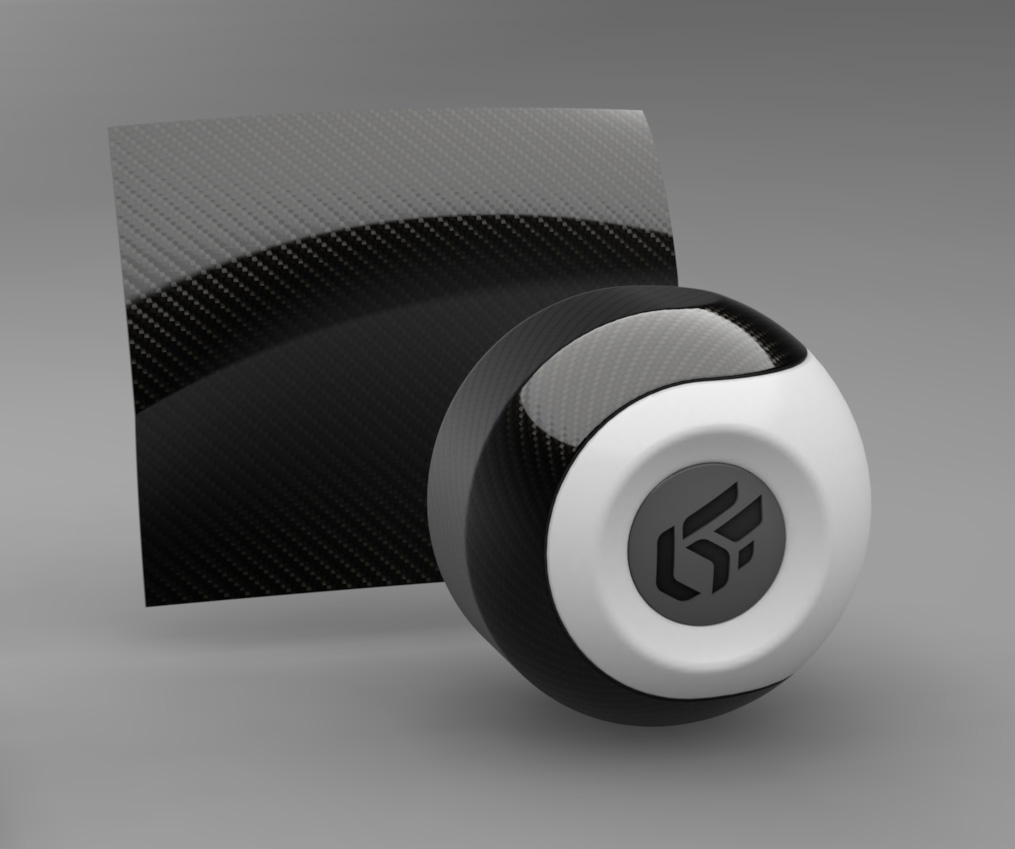Viewport Rendering Modes
Patchwork 3D offers eight rendering modes.
These rendering modes are accessible via the following icon  of the viewport.
of the viewport.
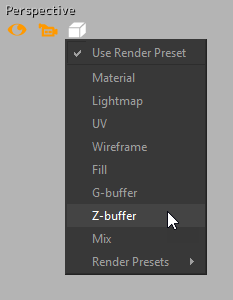
The Material mode displays a rendering of the Matter materials.
The first modes, Wireframe, Fill, UV and Lightmap, provide a view in Matter of certain Shaper elements: tessellation, Shaper colors, mapping UV coordinates, and lightmaps textures, respectively.
Material rendering | 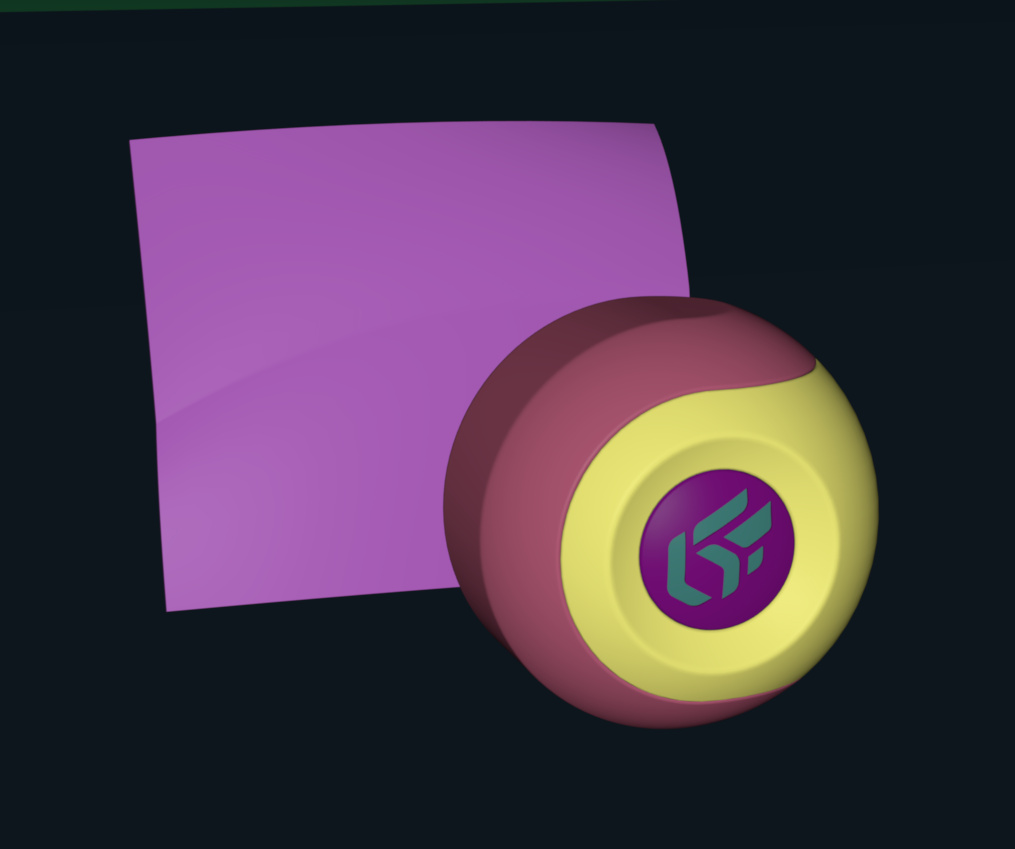 Fill rendering | 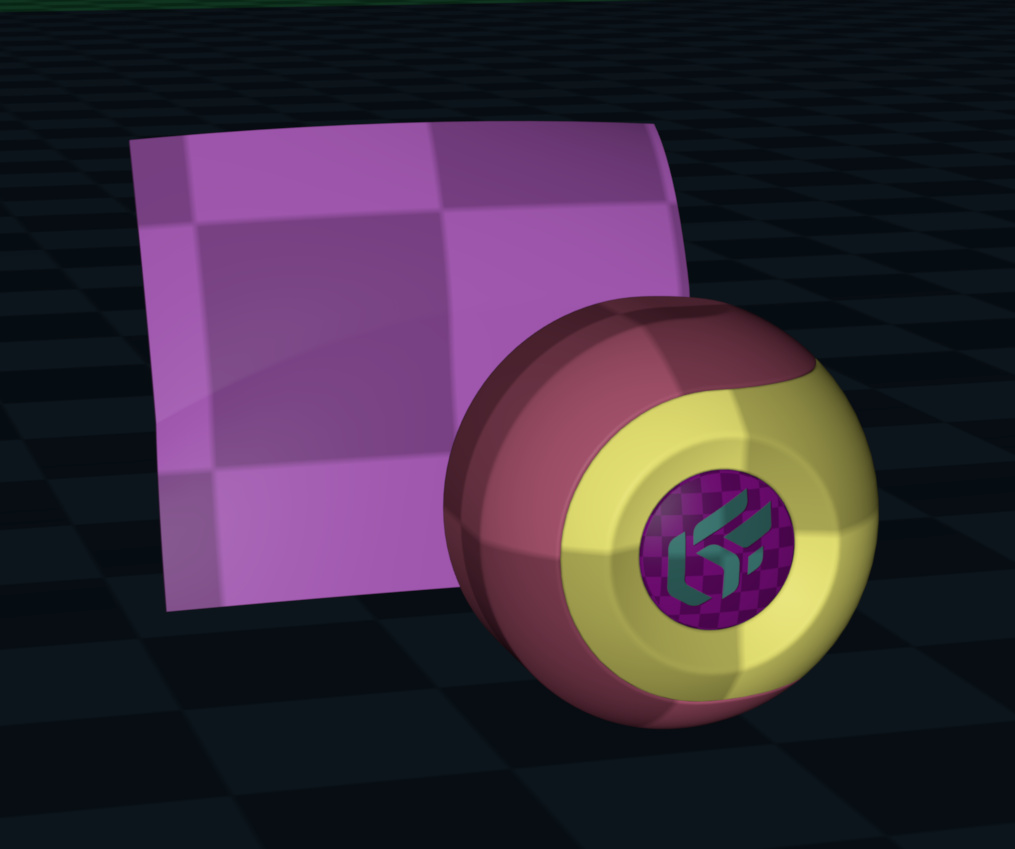 UV rendering | |
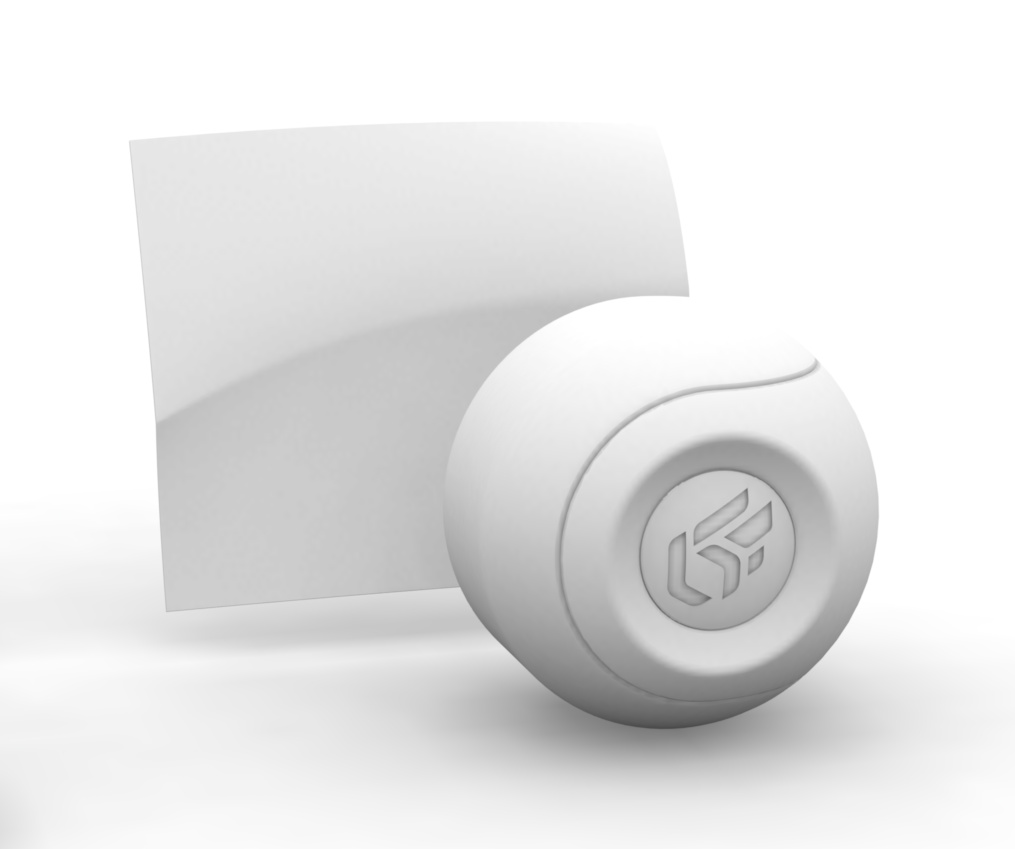 Lightmaps rendering | 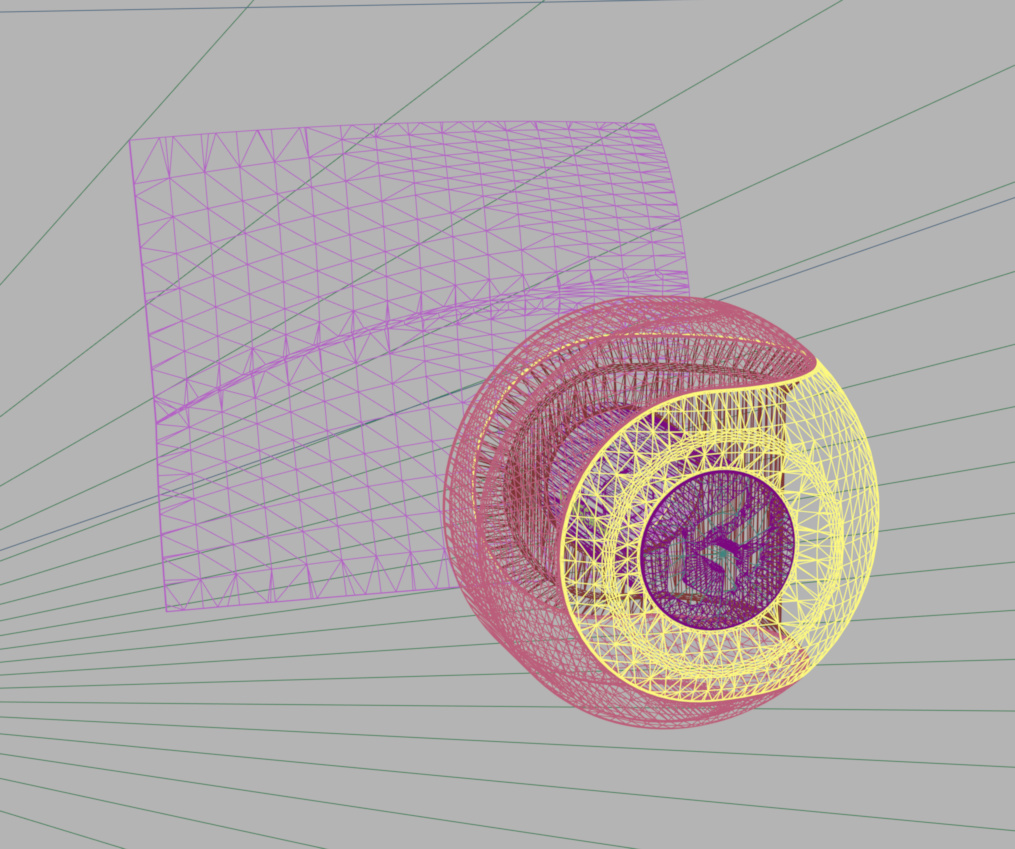 Wireframe rendering | 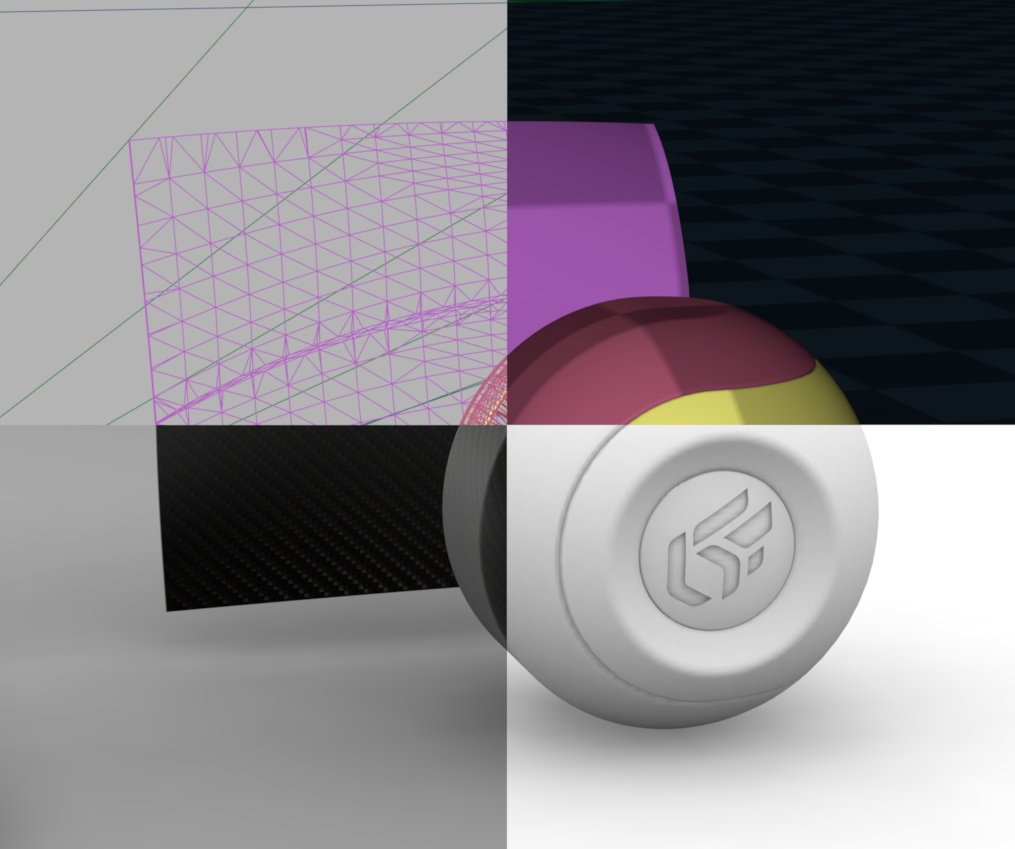 Mix rendering |
The Mix mode displays a mix of all of the previous modes.
The Z-buffer and the G-buffer are used to view the Patchwork 3D scene by showing the positioning of the objects relative to one another and the distinction of the elements by surface group.
G-buffer is a viewing method for quickly discerning the various elements of a 3D scene by representing them as single-color tones.
Z-buffer is a viewing method making it easier to understand a 3D scene by using the information relating to the depth level of the objects.
This view shows the various elements of the scene with respect to the viewpoint, in greyscale. The closest objects are shown as lighter than the distant objects.
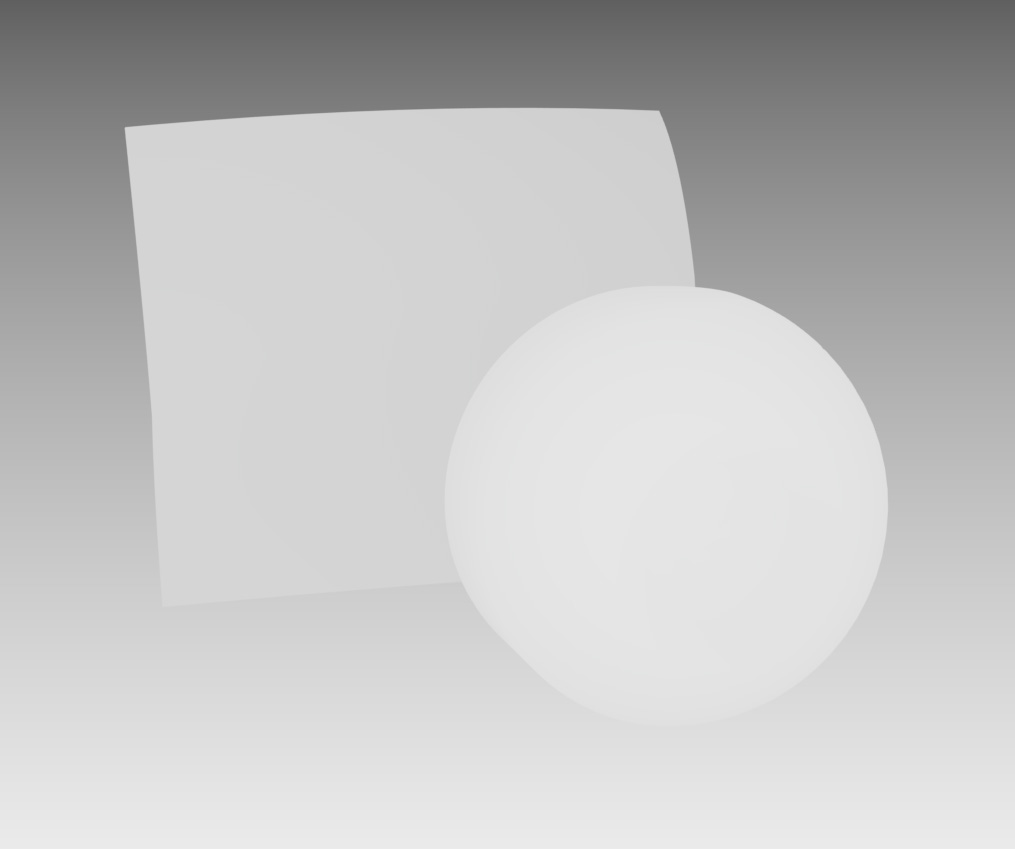 Z-buffer rendering mode. | 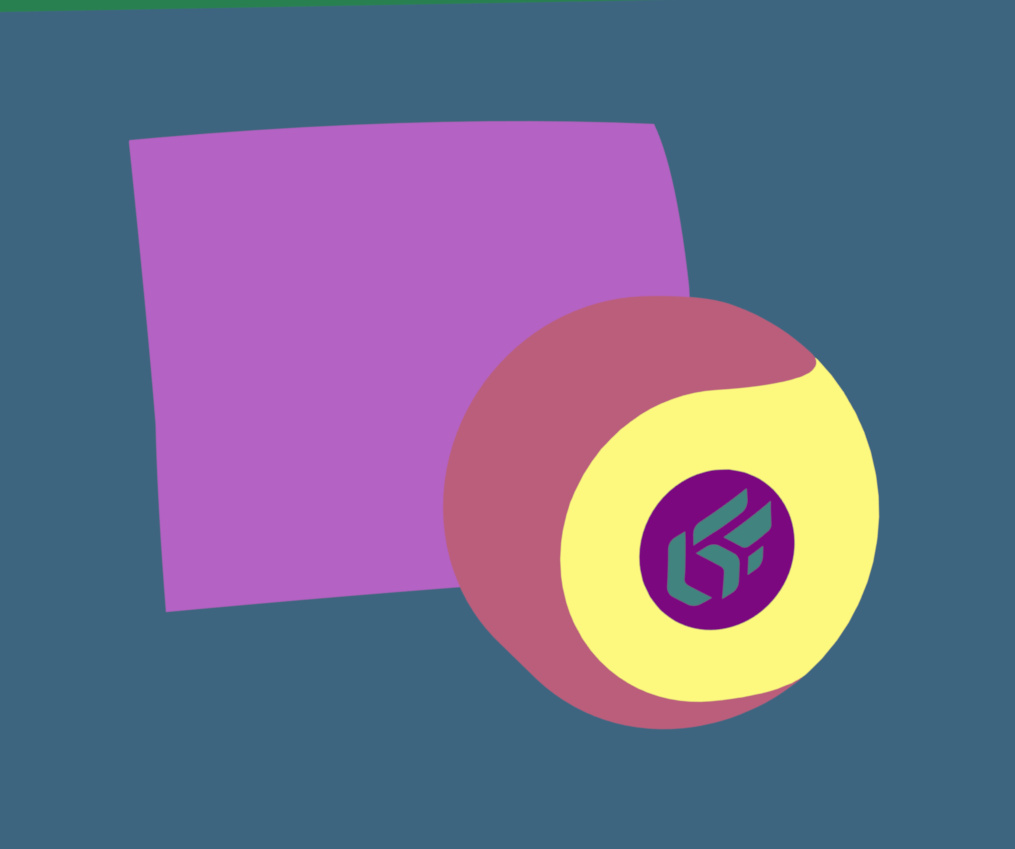 G-buffer rendering mode |
Note
In the G-buffer rendering mode, the color used to represent an object is the color that has been assigned to the group of surfaces of this object in Shaper.
By combining these rendering modes with the post-processing effects, you can obtain many interesting visual effects.
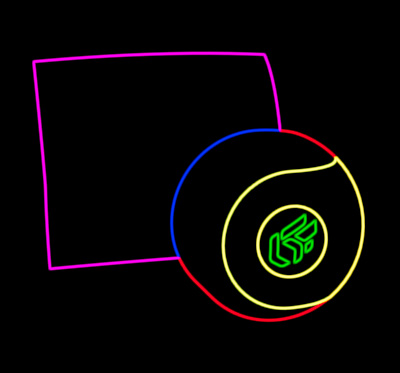
G-buffer rendering + "Edge detector" post-processing.
